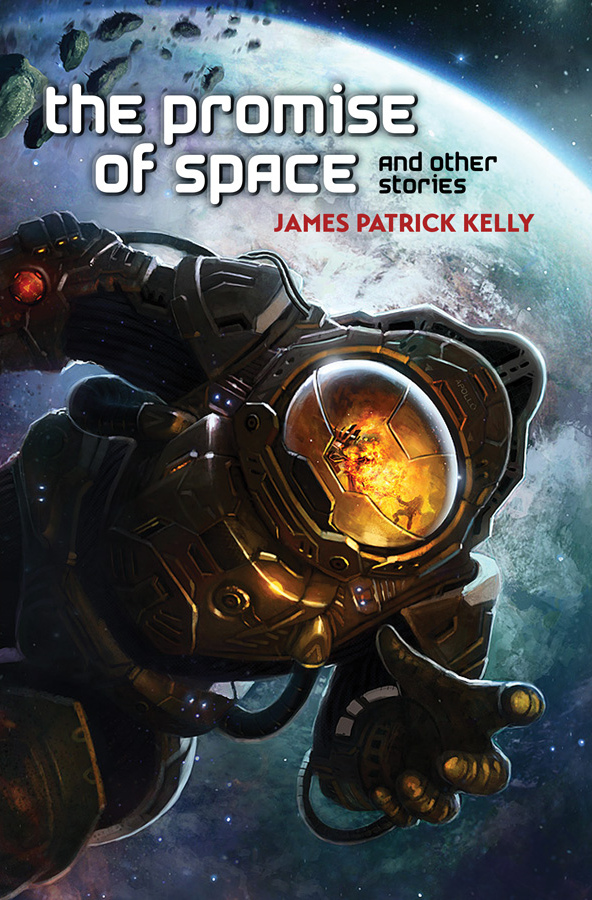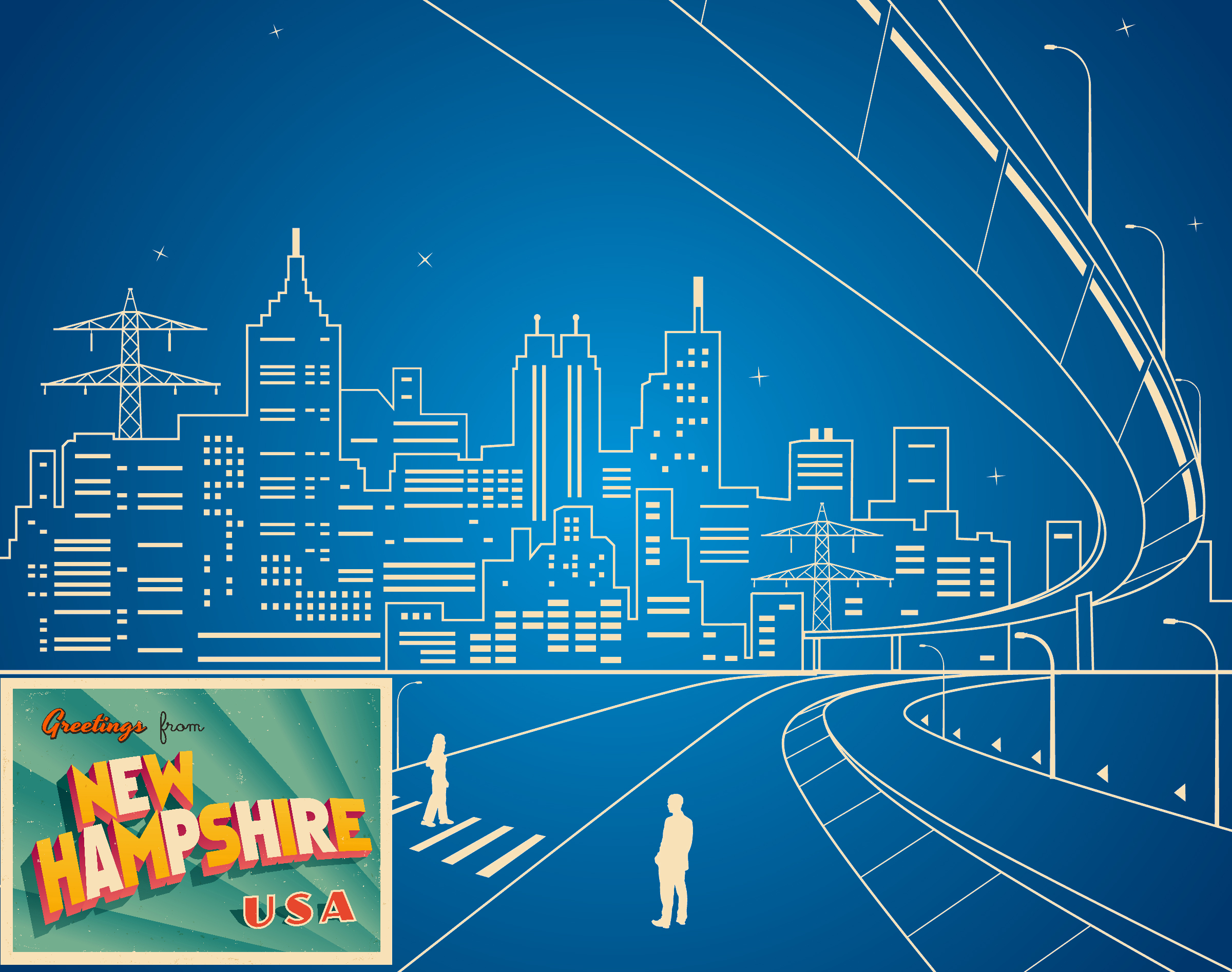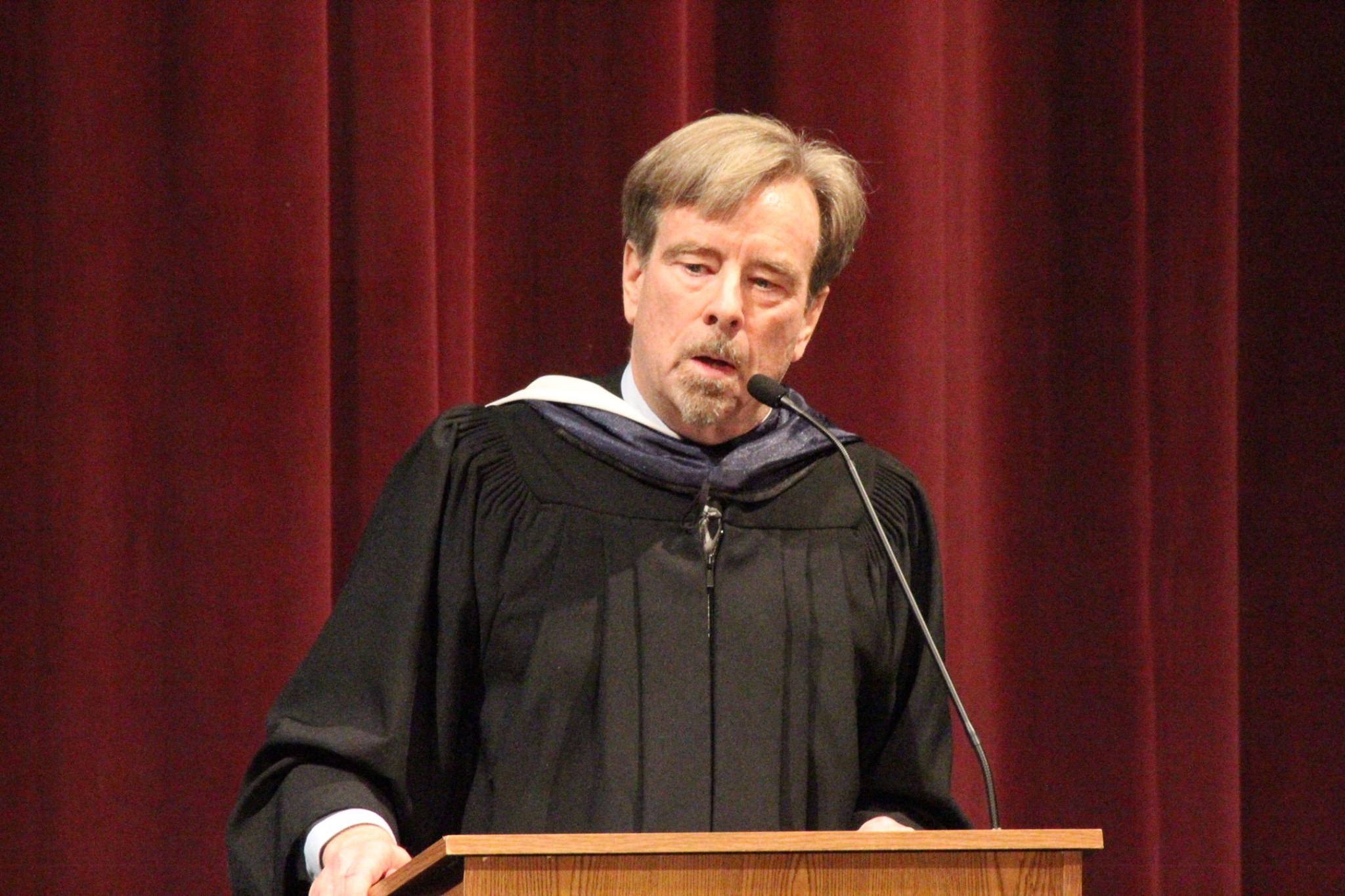Is the Internet Broken?
troll snapshot
In the last installment, we contrasted the current state of the internet with the vision some early adopters entertained of an online utopia of information exchange and elevated discourse. Here’s optimistic rhetoric from the 1996 A Declaration of the Independence of Cyberspace www.eff.org/cyberspace-independence: “We believe that from ethics, enlightened self-interest, and the commonweal, our governance will emerge. Our identities may be distributed across many of your jurisdictions. The only law that all our constituent cultures would generally recognize is the Golden Rule.”
In 2018, the challenge of internet governance looms large. Last year the Pew Research Center www.pewinternet.org issued a report called The Future of Free Speech, Trolls, Anonymity and Fake News Online www.pewinternet.org/2017/03/29/the-future-of-free-speech-trolls-anonymity-and-fake-news-online. The researchers asked 1,537 technology experts, scholars, corporate practitioners, and government leaders, “In the next decade, will public discourse online become more or less shaped by bad actors, harassment, trolls, and an overall tone of griping, distrust, and disgust?” Forty-two percent of the respondents said they expected no major change for better or worse in our current troubling online culture, while 39 percent thought that the next decade would see even more negative activity. Just 19 percent were hopeful that online interactions would be “less shaped” by harassment, trolling, and distrust.
These experts were invited to expand on their replies by considering how social media might evolve. Are there technologies on the horizon that might discourage trolling and encourage inclusive behaviors? How might these solutions impact free speech?
Their extended responses are well worth a look, although they fill some eighty pages in the PDF version, and, alas, reach no consensus. They fall into four broad themes.
Things will stay bad because trolls have always been with us and anonymity on the internet only encourages them.
Mike Roberts www.icannwiki.org/Mike_Roberts, Internet Hall of Fame www.internethalloffame.org member and first president and CEO of ICANN http://en.wikipedia.org/wiki/ICANN, commented, “Most attempts at reasoned discourse on topics interesting to me have been disrupted by trolls in last decade or so. Many individuals faced with this harassment simply withdraw. . . . There is a somewhat broader question of whether expectations of ‘reasoned’ discourse were ever realistic. History of this, going back to Plato, is one of self-selection into congenial groups. The internet, among other things, has energized a variety of anti-social behaviors by people who get satisfaction from the attendant publicity. My wife’s reaction is ‘why are you surprised?’ in regard to seeing behavior online that already exists offline.”
We interrupt this column for a personal ’Mov’s reminiscence.
Longtime readers may remember the old Forum, an online message board linked to our webpage, where readers and writers mingled. I was a regular, as were our distinguished editors. The mythical official history of ’Mov’swould record that it was on the Forum where the idea for this column was first proposed in public—by me. I nominated Bruce Sterling www.wired.com/author/bruces, but then discovered that Sheila and Gardner were already considering hiring an internet columnist. To my vast surprise, they offered the job to me! Several years later the Forum began to attract trolls. Writers and readers left in droves until sometime in 2005 one egregiously offensive idiot crossed a boundary and the Forum went dark. This was only supposed to be temporary but it never came back and I still miss it.
We now return you to your regularly scheduled column.
Things will stay bad because existing platforms provide financial, political, and emotional incentives to negativity.
Or as Baratunde Thurston www.baratunde.com, a director’s fellow at MIT Media Lab and former digital director of The Onion www.theonion.com, wrote, “We’ve built a system in which access and connectivity are easy, the cost of publishing is near zero, and accountability and consequences for bad action are difficult to impose or toothless when they do. Plus consider that more people are getting online everyday with no norm-setting for their behavior and the systems that prevail now reward attention grabbing and extended time online. They reward emotional investment whether positive or negative. They reward conflict. So we’ll see more bad before more good because the governing culture is weak and will remain so while the financial models backing these platforms remain largely ad-based and rapid/scaled user growth-centric.”
Things will get better because we’ll find technical solutions—thank you, Artificial Intelligence—to call out and marginalize bad behavior. Or we’ll build digital walls to keep out the baddies.
Brad Templeton www.templetons.com/brad, chair for computing at Singularity University www.su.org and longtime Electronic Frontier Foundation www.eff.org board member, had this to say: “Now that everybody knows about this problem I expect active technological efforts to reduce the efforts of the trolls, and we should reach ‘peak troll’ before long. There are concerns for free speech. My hope is that pseudonymous reputation systems www1.cs.columbia.edu/~elli/papers/anonp2p.pdf might protect privacy while doing this.”
If you’re wondering what a pseudonymous reputation system is, think of the seller information systems on eBay www.ebay.com and Amazon www.amazon.com. On eBay, for example, the identity of a party to a transaction is hidden behind a screen name. According to eBay, “Whenever you buy or sell something, you can leave Feedback about the transaction. Your buyer or seller can leave Feedback for you as well. Over time, eBay members develop a Feedback profile, or reputation, based on other people’s comments and ratings. The Feedback score is one of the most important pieces of a Feedback profile. . . . Feedback comments become a permanent part of a seller’s record.”
Fixing this mess may come at a cost of increased surveillance, government regulation, and limits on access to information and free speech.
Joe McNamee http://storyengine.io/stories/decentralization/joe-mcnamee, executive director at European Digital Rights www.edri.org, observed, “In the context of a political environment where deregulation has reached the status of ideology, it is easy for governments to demand that social media companies do ‘more’ to regulate everything that happens online. We see this with the European Union’s ‘code of conduct’ with social media companies. This privatization of regulation of free speech (in a context of huge, disproportionate, asymmetrical power due to the data stored and the financial reserves of such companies) raises existential questions for the functioning of healthy democracies.”
weapons grade
As disturbing as the rise of the trolls may be, we face the more existential threat not from individuals acting out for personal reasons, but from shadowy groups who seek to manipulate social media to undermine our collective confidence in institutions. Weaponized narrative http://weaponizednarrative.asu.edu is the current buzzword for what used to be called propaganda www.historians.org/about-aha-and-membership/aha-history-and-archives/gi-roundtable-series/pamphlets/what-is-propaganda/defining-propaganda-i. However, in the last decade, the internet has given propaganda a reach and a complexity that has increased its power a hundredfold. In the previous column I commended Weaponized Narrative Is the New Battlespace www.defenseone.com/ideas/2017/01/weaponized-narrative-new-battlespace/134284 to your attention. “What’s new is the extraordinary power of today’s weaponized narrative. It attacks our group identity—our sense of who we are, our privilege of not being identified as ‘other.’ The rise of the Connected Age allows attacks that tear down old identities that have bound us together. But it also allows the creation of narratives that define the new differences between ‘us’ and ‘them’ that are worth fighting for.”
Consider the phenomenon of fake news http://en.wikipedia.org/wiki/Fake_news. This neologism was coined only a few years ago, but its fundamental principles are centuries old. Certainly the Founder Fathers were up to their necks in it www.mentalfloss.com/article/12487/adams-vs-jefferson-birth-negative-campaigning-us. During the election of 1800, Thomas Jefferson employed a sleazeball named James Callendar to plant stories that his presidential rival and fellow Founder John Adams was a British agent set on fomenting war with France. Adams’ partisans, for their part, claimed Jefferson endorsed the bloodshed of the French Reign of Terror and was “a mean-spirited, low-lived fellow, the son of a half-breed Indian squaw, sired by a Virginia mulatto father.” Of course, the current occupant of the White House has repeatedly got himself tangled in fake news, most egregiously as a spokesperson for the Birther Movement www.cnn.com/2016/09/09/politics/donald-trump-birther, and has used it as a weapon to divert scrutiny from some of his more questionable deeds.
But the real danger of fake news is not that it spreads lies, but that it deviously erodes belief in our institutions and indeed in the possibility of knowing the truth at all. Whom do you trust to call out the purveyors of fake news? The establishment news media are regarded by many as biased or corrupt. For myself, I have in the past relied on fact-checking websites like Snopes www.snopes.com and Politifact www.politifact.com. Would it surprise you to know that fake news perps and their sympathizers have launched an offensive against these sites? Almost all of their attacks have failed, but the effort continues.
There’s a wonderfully telling page on Snopes that I think of as Fake News in the News www.snopes.com/category/facts/fake-news. It features debunked news stories from the past couple of days. They’ll all be different when you read this, but this afternoon’s hoaxes include Google Earth Discovers Man Trapped on Desert Island for 9 Years? www.snopes.com/inboxer/hoaxes/googleearth.asp and Did a Man in Katy, Texas, Discover a Hired Escort Was His Wife? www.snopes.com/texas-man-prostitute-wife. It is to laugh. Not so funny, however, is this: Did President Trump “Reinstate” a Memorial Day for Police Officers, Canceled by Obama? www.snopes.com/memorial-day-police-trump-obama.
exit
Although I have an account and tweet from time to time, I am not a Twitter aficionado. Many of you no doubt are, and so I leave you with this item from the New York Times: How Twitter Is Being Gamed for Misinformation www.nytimes.com/2017/05/31/technology/how-twitter-is-being-gamed-to-feed-misinformation.html. Did you know that there are tools you can download to create thousands of Twitter “bots”? These are accounts that look real, but that you control. Your friends in the fake news industry are all over this. The BBC found one network of 350,000 accounts www.bbc.com/news/technology-38724082. “It is difficult to assess exactly how many Twitter users are bots,” said graduate student Juan Echeverria, a computer scientist, who uncovered the massive networks. These bots can be used to create an illusion of popularity for a politician or a product or an idea.
Twitter has been called the journalists’ Clubhouse for the News www.poynter.org/2017/i-studied-how-journalists-used-twitter-for-two-years-heres-what-i-learned/453162. It’s where they find leads, meet sources, and pitch ideas. “When journalists see a story getting big on Twitter, they consider it a kind of responsibility to cover it, even if the story may be an alternate frame or a conspiracy theory,” according to Alice Marwick, author of a recent report on the mechanics of media manipulation www.datasociety.net/pubs/oh/Data-AndSociety_MediaManipulationAndDisinformationOnline.pdf. “That’s because if they don’t, they may get accused of bias.”
In the first century, the satirist Juvenal wrote “Quis custodiet ipsos custodes?”http://en.wikipedia.org/wiki/Quis_custodiet_ipsos_custodes%3F. Two thousand years later, we still wonder who is watching the watchers.
Copyright © 2018 James Patrick Kelly





































